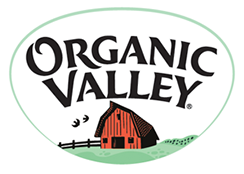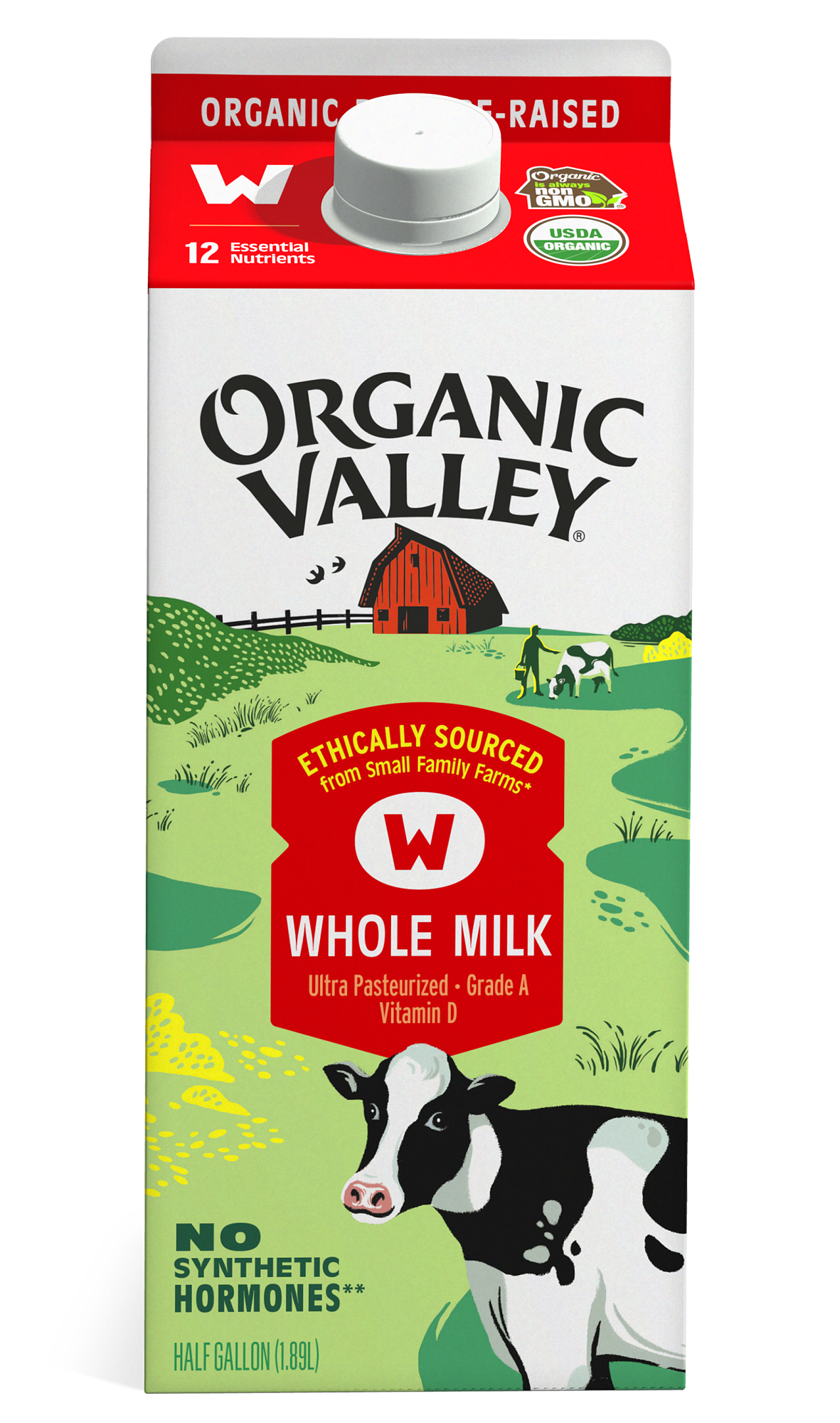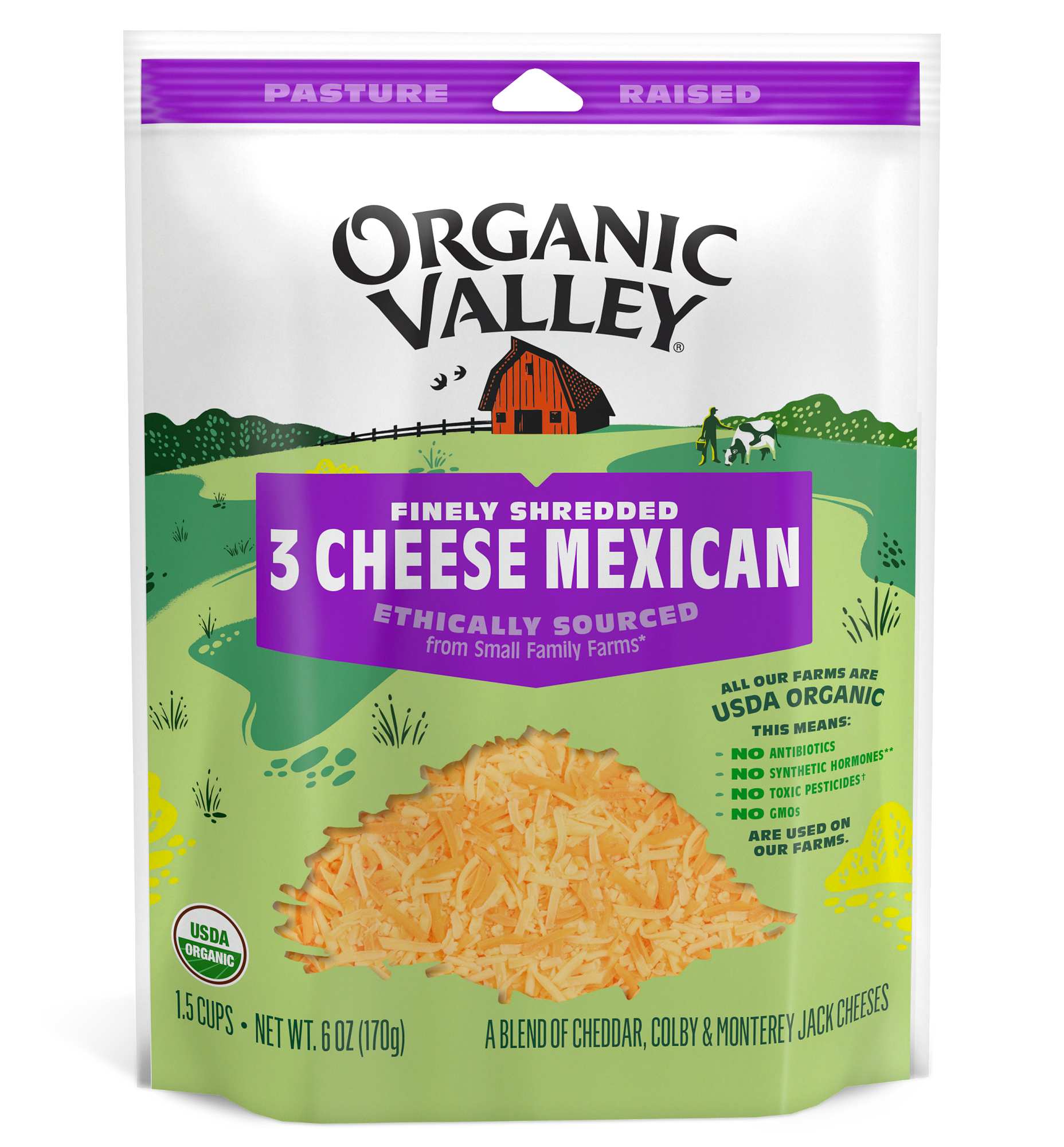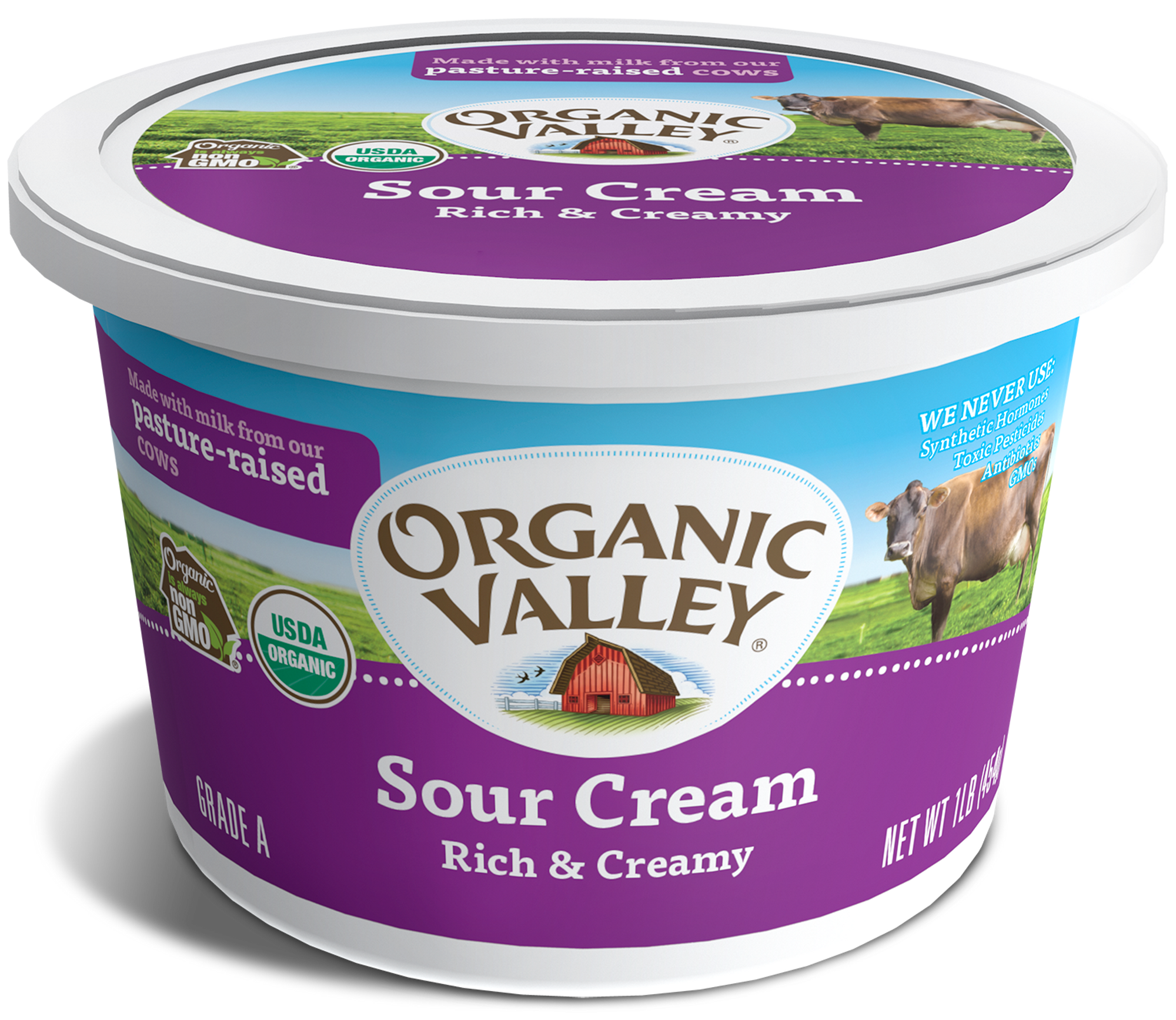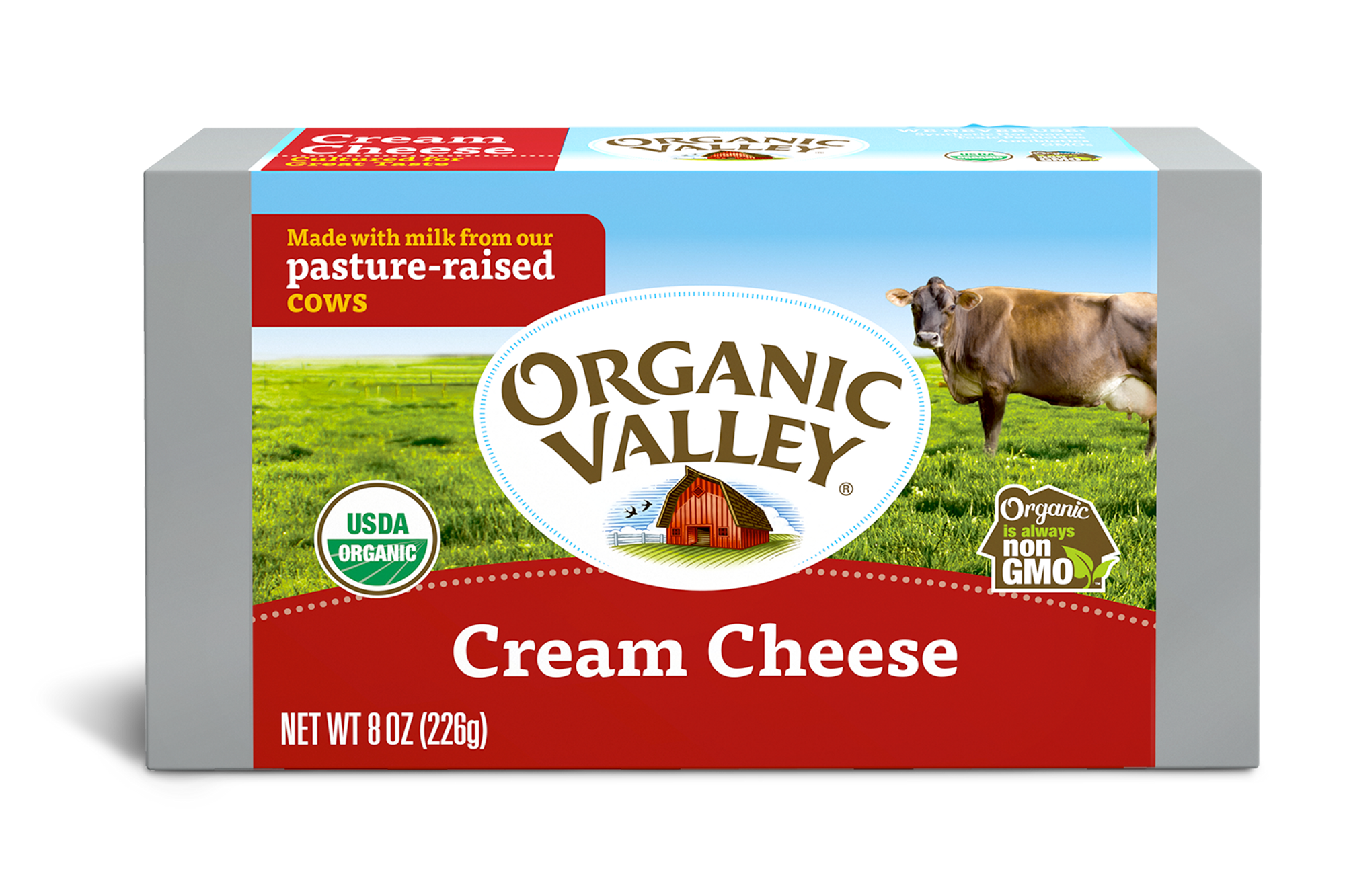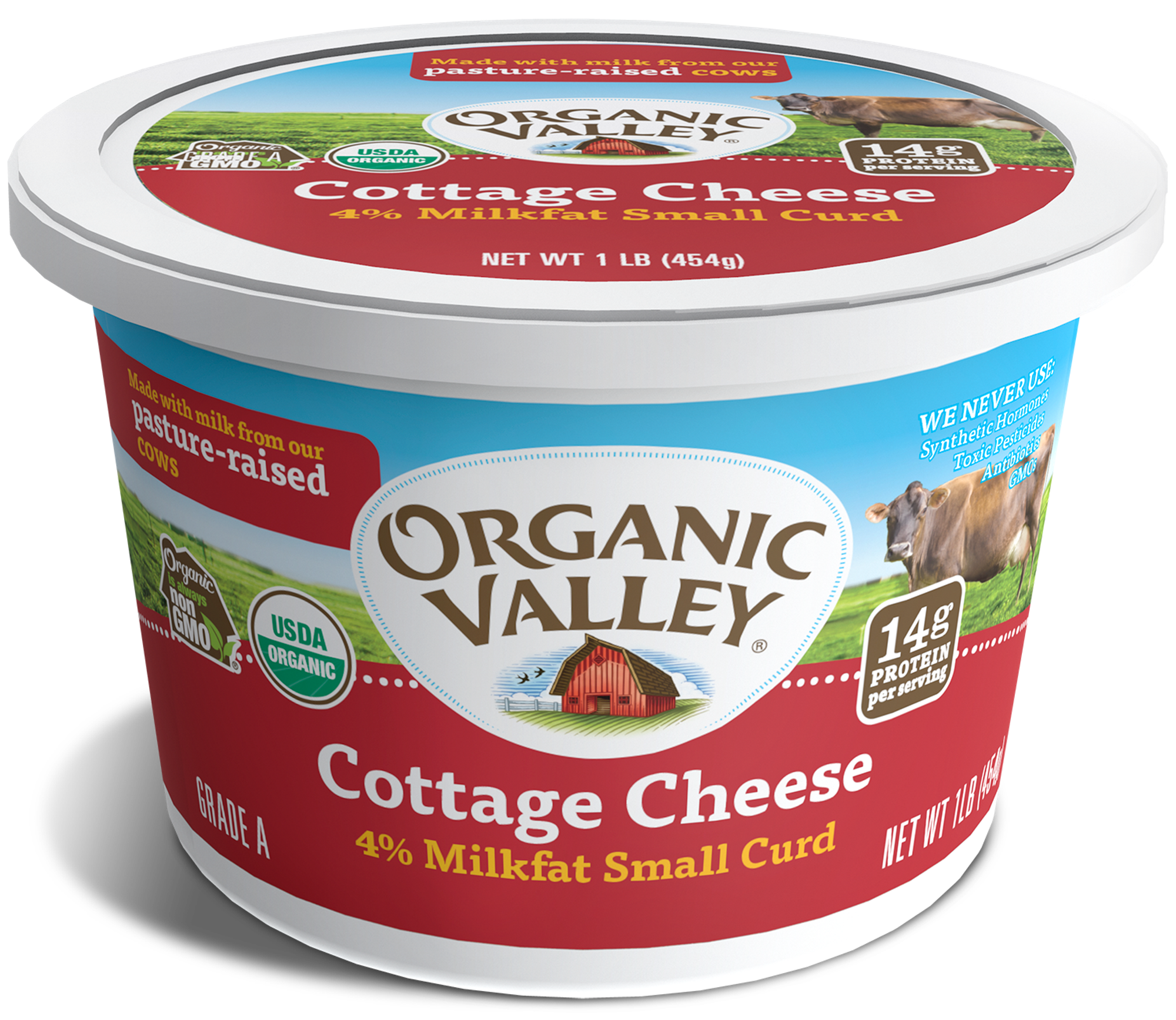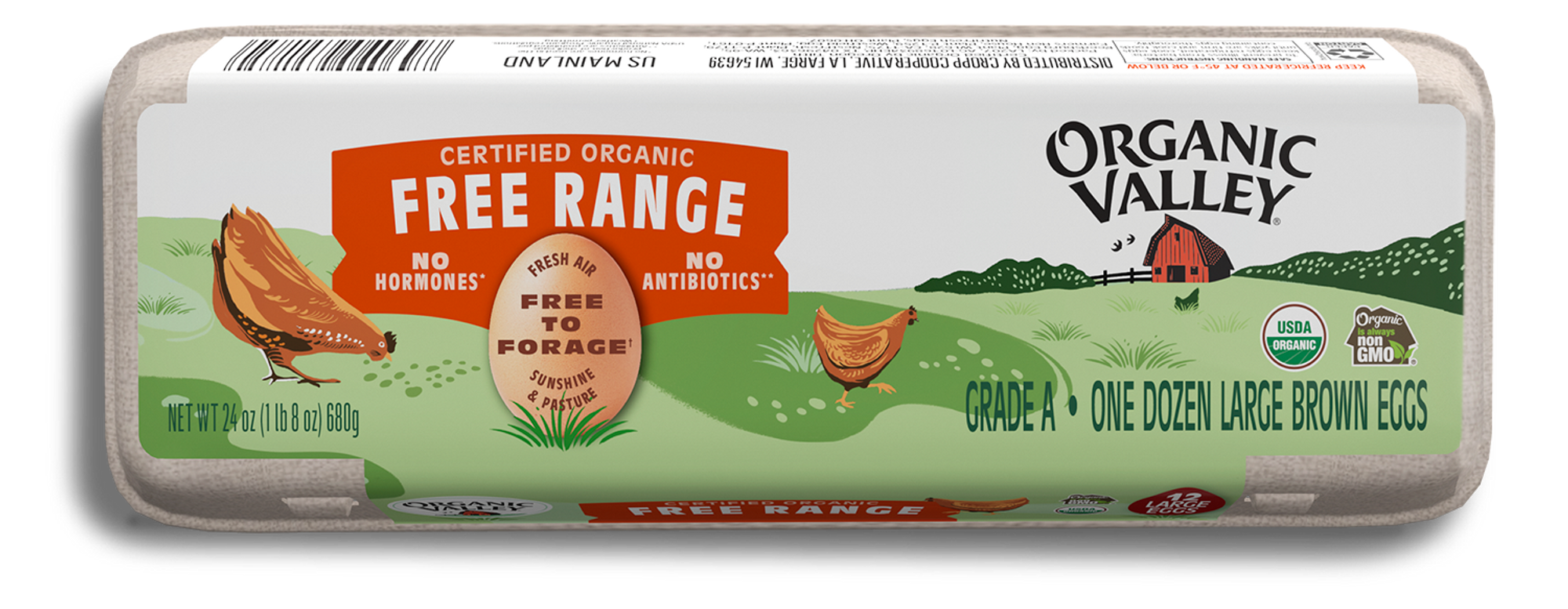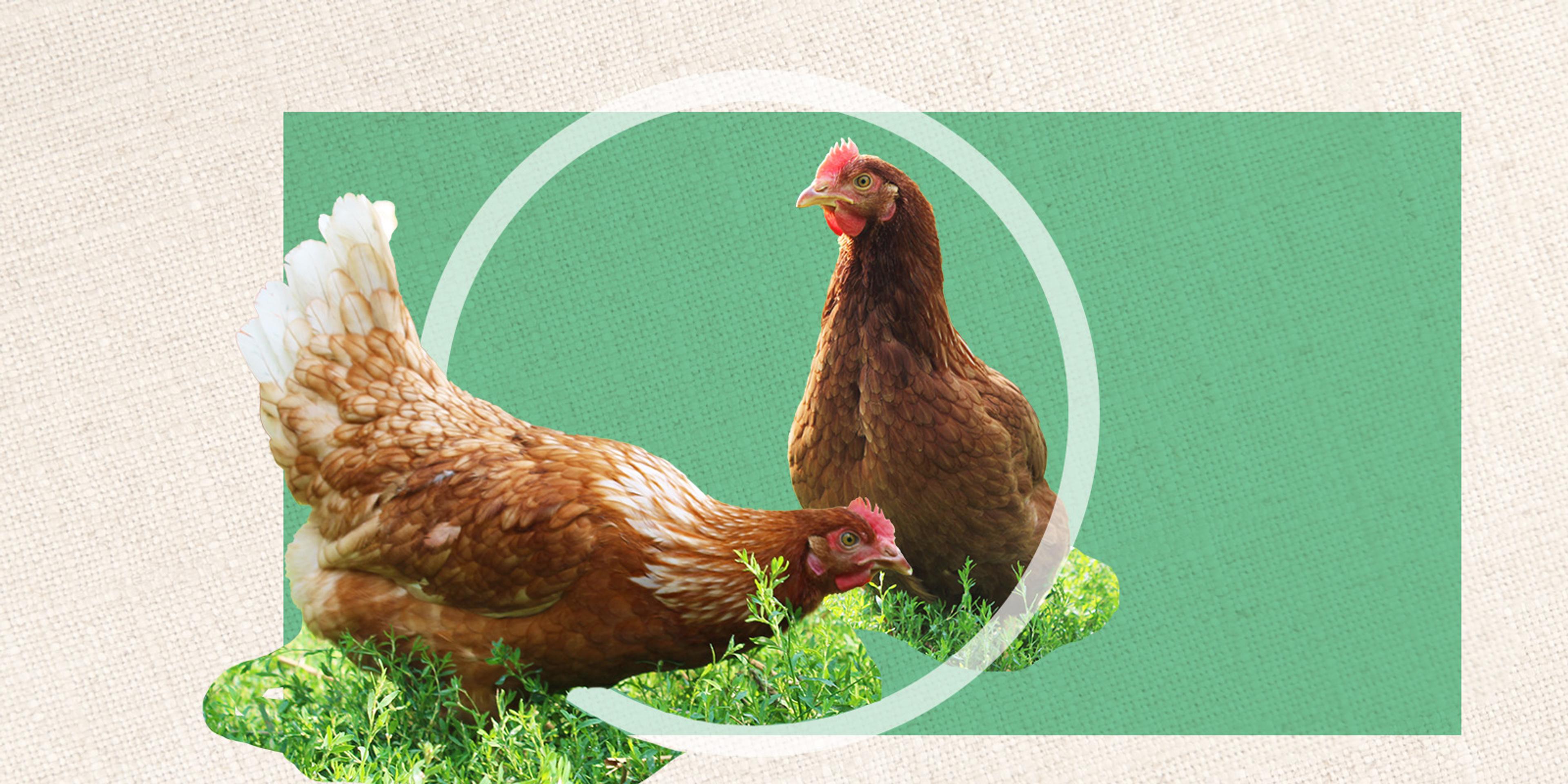
Farming
5 Fascinating Things About Chickens
Americans love chickens. We raise more than 522 million chickens in the United States, including 85 million that are part of backyard flocks. Interest in chicken keeping is so high that the number of pet chickens rivals the population of dogs and cats.
What makes these curious, quirky and surprisingly complex creatures so popular? Here are five interesting facts about chickens.
1. Chickens Can Fly!
Have you ever watched chickens pecking, scratching and chasing bugs in the grass and thought, “Can chickens fly?” The answer is yes.
Chickens, especially bantams and lightweight breeds, can get enough lift to reach a raised perch or clear a short fence. There is even a Guinness World Record for the longest chicken flight; it lasted 13 seconds, and the chicken flew more than 300 feet.
Thanks to selective breeding, domesticated chickens have large breasts and thighs. The added weight makes it difficult for them to take flight. While you won’t see chickens taking to the skies to migrate to warmer climates for the winter — their flight skills are pretty limited — chickens can fly.
Bonus fascinating fact: If you wonder if chickens can swim, they sure can! They may not be great flyers or swimmers, but chickens can swim for a short amount of time.
2. Chickens Can Have Many Names
Our feathered friends can be called a lot of different things depending on their age and sex.
Chicks are the adorable little fluffs that hatch from fertilized eggs. Adolescent chickens are called pullets (immature female chicks) or cockerels (immature male chicks). As adults, female chickens are called hens, and male chickens are called roosters.
No matter the name, chicks, pullets, cockerels, hens and roosters are all chickens!
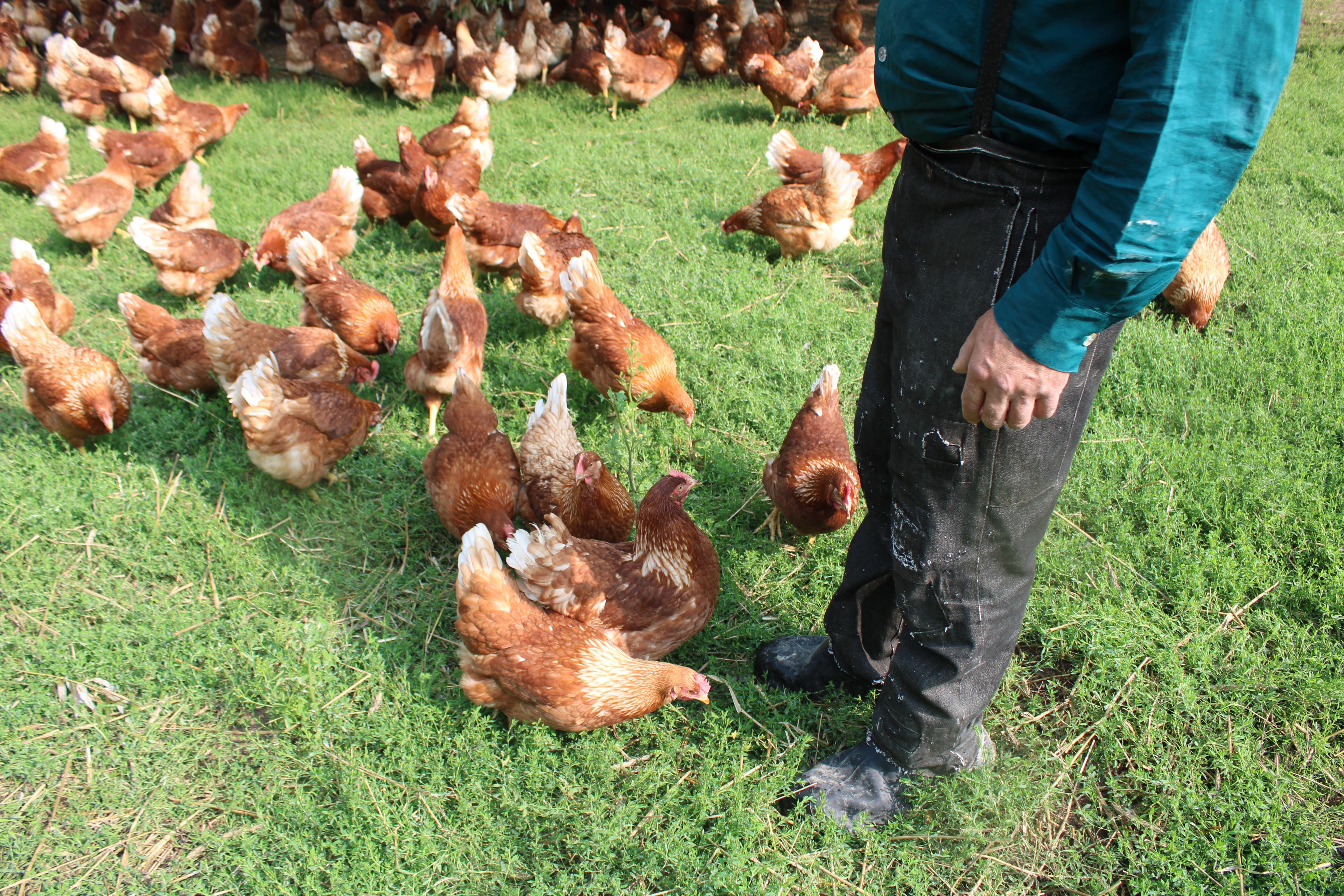
The chickens on the Lambrights’ organic farm in Wisconsin are sociable and good egg layers.
3. Not All Chickens Are Great Egg Layers
The number of eggs a chicken lays depends on several factors.
Age: Hens begin laying eggs around 18 to 22 weeks old and produce eggs for around four years. Egg production decreases with age. The size of the eggs and their shell quality also decrease as hens get older.
When hens are between 2 and 3 years old — considered their peak laying years — hens can lay one egg every 24 to 26 hours.
Breed: Some breeds lay more eggs than others. Breeds like the Australorp, leghorn and Rhode Island Red are among the most productive breeds, laying upward of 200 eggs per year. In contrast, Polish, Delaware, Brahma and Cochin breeds might lay between 100 and 200 eggs every year, and Cornish, silkie and Sebright chickens lay even fewer eggs.
Time of year: The longer the days, the more eggs a chicken lays. Ovulation is tied to the number of daylight hours. Chickens start laying eggs when there are 14 hours of daylight and reach peak production at 16 hours of daylight. The number of eggs in the nesting box decreases during fall and winter when the days are shorter.
No rooster is required for hens to lay eggs. Hens will lay nonfertile eggs — eggs that will not hatch into chicks — without a rooster.
4. The Pecking Order Is Real
Norwegian zoologist Thorleif Schjelderup-Ebbe coined the term “pecking order” to explain the dominance hierarchies in flocks. It’s called a pecking order because the more dominant chickens peck those with lower status.
Hierarchies in the chicken coop can change over time, and there can be squabbles as chickens compete for their place in the social order. Pecking behaviors can be intense but tend to end quickly, with one chicken surrendering and accepting their lower ranking in the flock hierarchy.
It’s not uncommon for more dominant chickens to guard food, water and other resources and keep lower-ranking chickens from eating and drinking. This behavior makes it important to provide multiple feed and water stations to make sure that the entire flock can eat and drink.
Providing chickens with more space can also lessen bullying in the flock. At Organic Valley, chickens are Free to Forage®. They must have access to fresh air, sunshine and organic pasture that is free of toxic pesticides, herbicides and GMO plants. There must be plenty of room to roam and a lot of places to eat, drink, scratch in the grass and dustbathe.
The pecking order doesn’t prevent chickens from making friends. Chickens can form strong bonds and might even have “best friends” within their flock. Bonded chickens might share food, snuggle up together, roost side by side and even use their beaks to groom each other.
5. There Are More than 1,600 Chicken Breeds
You might be most familiar with an iconic breed like the leghorn, which has pure white feathers and bright red combs, but chickens come in multiple sizes, colors and patterns. Australorps have black feathers, Delaware and dominique are barred breeds with black and white “striped” feathers, and the golden laced wyandotte has gold and greenish-black feathers in stunning patterns.
Chicken breeds aren’t just distinct in their appearances; breed can also influence their personalities. Breeds like the Welsummer are known for being docile, while Plymouth Rock hens are known to be good mothers.
Breed also impacts egg color. Ancona, Blue Andalusian and white leghorn chickens lay eggs with white shells. Australorp, Orpington and Rhode Island Red lay eggs with brown shells. Oliver egger chickens produce eggs with green shells. Ameraucana, Araucana and cream legbar chickens lay eggs with blue shells and are popular among those looking to add a little color to their egg cartons.
Organic Valley farmers choose breeds that are consistent egg layers that often include Lohmann Browns, Bovans Browns and Hy-Line Browns that happen to lay brown eggs. Ever wonder the difference between white and brown eggs? Click here to learn about eggshell color in relation to chicken breeds.
Organic Valley farmers often have favorite breeds and sometimes even a favorite chicken among the flock.
Our farmers work with nature to allow the birds to express their natural behaviors, like scratching, hunting and pecking for tasty treats. Our hens spend plenty of time outside. We also make sure that what our animals eat leads to quality products for you and your family.
Related Articles
- Tags:
- animal care
